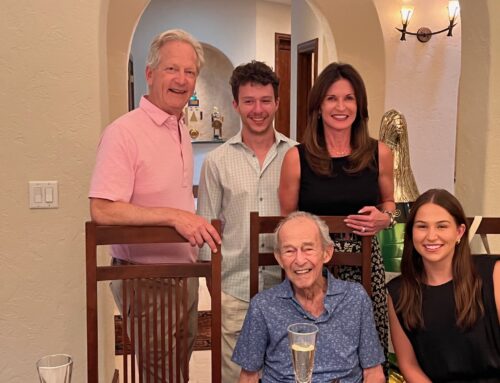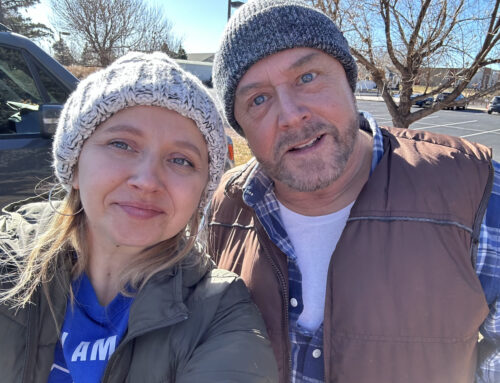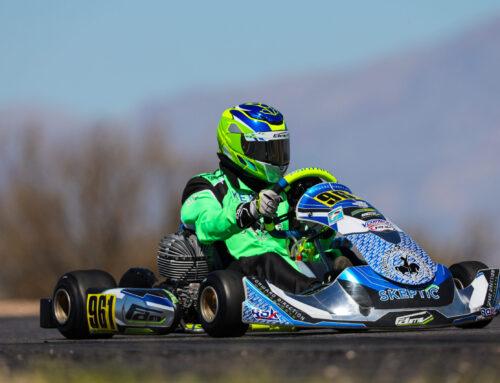By Chantel Manuele

When I was sixteen, I stood in a hospital room with my concerned mother. She seemed to be mulling over the symptoms of my thirteen year old sister that had brought us there – frequent thirst and urination, noticeable weight loss, and a leg injury that wouldn’t heal. This was my introduction to type 1 diabetes (T1D). As a nurse administered saline into me, or what I call an “empathy shot,” it became clear that my sister had a tough battle ahead. I came to know quickly that T1D wasn’t caused by eating too much sugar, but that it was indeed a tough and scary disease.
I once climbed into Heather’s bed, shimmied myself behind her, and propped her back against my chest while my mom fed her some fast acting sugar and called the paramedics. She was paralyzed from severe low blood sugar, and unable to even speak.
After that episode, she continued to excel in dance, school, and to enjoy a healthy life, but I watched how her safety became a constant concern – much different from the usual parent worries. I saw the insulin in the fridge and knew the disease took planning and lots of shots every day, but there was so much I didn’t know.
Nothing could have taught it to me like the events of November 13, 2015, when my little sister came to my aid after I saw familiar and concerning symptoms in my six year old daughter. She came to the rescue, sharing her own meter and (what I know now) as very expensive test strips. When her high blood sugar was confirmed, my sister spent time with my daughter, allowing another sister and I to receive instructive phone calls. We were vacationing in Utah at the time and were directed to take her to the hospital.

I mustered up a lot of strength that day. I didn’t let Eva see the first couple tears I shed, and dried them almost as quickly as they came. I wanted to be strong for her and did my best to be a comfort or distraction as needed. I watched her bravery with awe that first day and barely slept that night. The next day Eva would have the hardest moment of her life to date and that was the first time I couldn’t keep my tears from her. Seeing her physical and emotional pain was heart wrenching, but we braved that tough moment together.
That night while she slept I cried much more. I fought feelings that I had somehow let her down and that her having T1D was my fault. The fact that there was nothing we could have done to prevent it and nothing we could do to take it away had my mind and heart at war. I knew her life would never be the same and gone were the carefree days of her childhood. My heart ached for her. I knew the rest of our little family’s lives would never be the same either and the daunting task of “managing” this fickle and finicky disease was overwhelming. What if I messed up? In only a few hours, we would leave the hospital and her life would be in our hands on a whole new level. It felt like we could never have enough of the thorough training we’d received.

It was in this raw moment of grief that I felt an overwhelming sense of peace, a confirmation that we were not alone. Then evidence of the support around us began to flow through my heart and mind. There had been this almost perfect succession of messages, visits, and gifts from family, friends, and even strangers. We will never forget the family surrounding her bed, or the sweet mother and her two sons with T1D that came to visit us in the hospital on behalf of a charity. They talked and empathized with us in an impactful way. Months later we would still find strength and comfort in the time they spent and words they shared with us. There were dedicated and caring medical professionals answering questions, administering insulin, and preparing us for the road ahead. Best of all, we had each other, our own little amazing team!
I realized this same weekend that we would be adding another team member in less than nine months. After almost a year of trying, and in the midst of a great challenge, this news was an incredible gift of joy and hope. The term “new normal” felt like an oxymoron, but each of us dived in – not only in support of our Eva, but all who belong to this incredibly resilient and passionate community that we are now part of. We rejoiced in the medical advancements that have made a promising future available and from this place of gratitude came acceptance and a natural desire to help others who face similar circumstances.

Our challenges weren’t over though. The adjustment to our new life was at times physically and emotionally exhausting. The late nights, interrupted sleep, and constant concerns took a toll, and soon I was facing my own autoimmune diagnosis and a subsequent cancer diagnosis. Eva’s temperament seemed to change when she saw my health declining and after experiencing her first severe low, the weight of what would be a life long battle with T1D seemed to rest upon her. It broke my heart to see her struggle so much, but thoughts that had been placed on my mind and heart over the previous year began to take hold and take shape. Knowing our daughter’s big heart, it became clear that our answer to helping her through her grief would be finding a way to connect with others and give back.
With this goal in mind, I have spent the last year getting out of my comfort zone and doing things I’ve never done. It has led me to exciting places – one being the creation of a partnership between our friends at Outdoor Element (OE) and the Children’s Diabetes Foundation (CDF). OE has taken their innovative Kodiak Paracord Survival Braid and created a custom “Diabetes” survival braid that duals as a medical I.D. bracelet. With EverSpark technology, custom-made Paracord with jute and fishing line, and an embedded fish hook, the Kodiak is a true survival braid, and an empowering symbol for the incredible people surviving T1D 24/7. With every purchase of the Diabetes Kodiak, using the code OE4CDF, Outdoor Element will give:
- A 10% discount
- Free shipping
- $10 to the Children’s Diabetes Foundation.
Using this same code (OE4CDF), they will also give free shipping and 10% off the original Kodiak and all other OE gear, with a portion of those proceeds also benefiting the Children’s Diabetes Foundation. These donations will benefit the families who travel near and far to receive care at the amazing Barbara Davis Center, a place dear to our hearts.
Purchase the Children’s Diabetes Foundation Edition of the Kodiak Bracelet here >

Our biggest thanks to Dr. Robert Slover, the staff at Outdoor Element, the Children’s Diabetes Foundation, and the Barbara Davis Center for making this possible. We are so fortunate to associate with wonderful people who embrace this major life challenge with bravery every day. We hope this will serve as a reminder that you are not alone, and there is so much good we can do together.
Sincerely,
The Manuele Family





